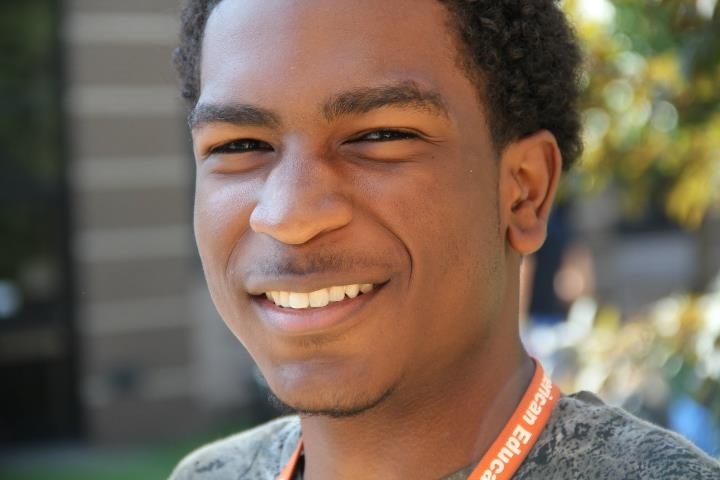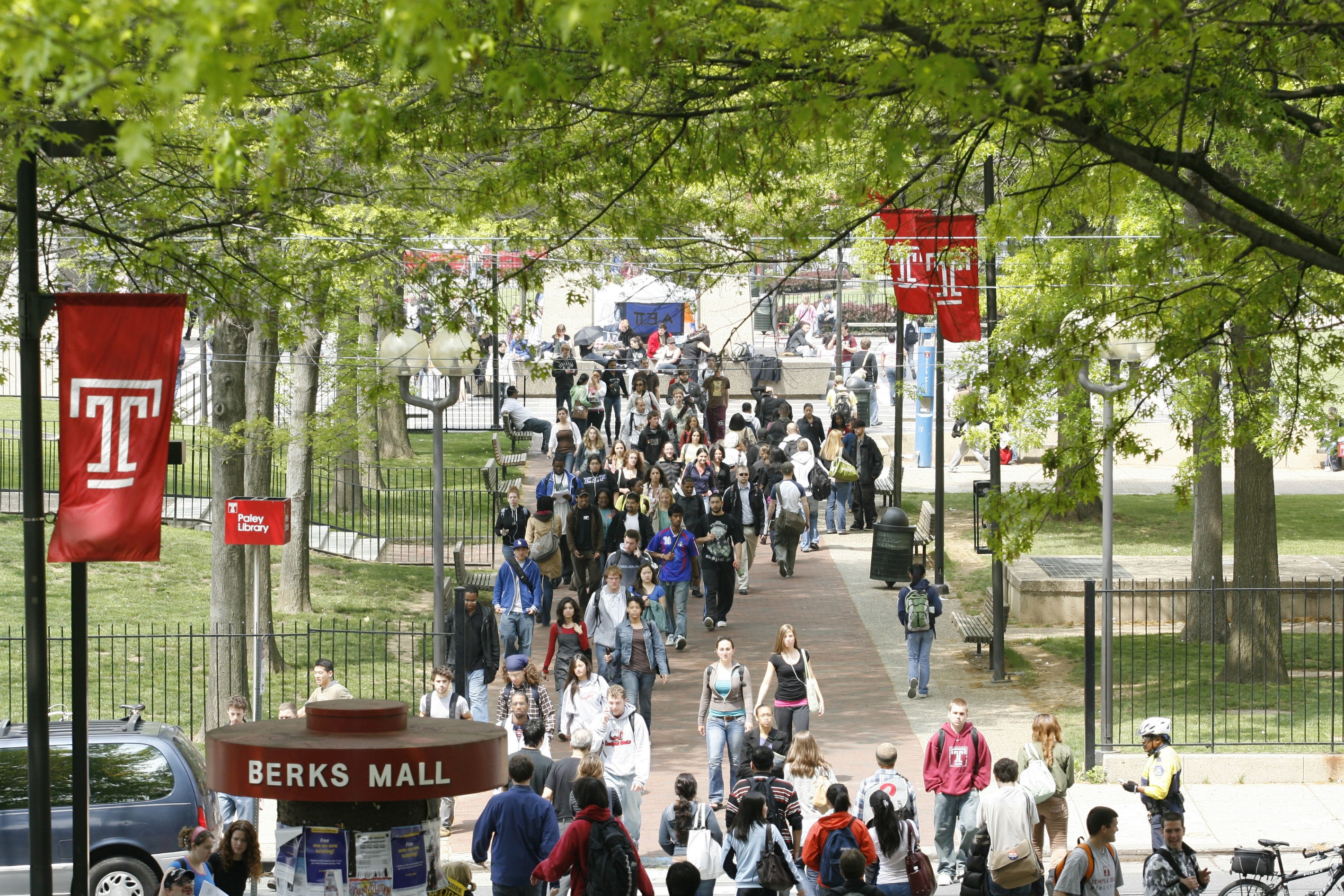Affordability and green space top Temple community’s concerns for future
“Keeping Temple affordable” and “Adding more green space” topped the list of ideas explored on Visualize Temple, the social platform that came alive over the summer thanks to thousands of suggestions and comments from Temple students, staff and alumni about their wishes and dreams for the Temple of 2023. The online community, which launched in May, will wind down this fall.
The site, along with Town Hall meetings, is helping to inform the master plan for Temple for the next 10 years. Details on the plan are expected in early 2014 and will cover all major areas of the university: academics, housing, athletics, student recreation and the health system.
The ideas on Visualize Temple came in response to a series of questions posed to participants — a new one every couple of weeks. “What is your vision for Temple in the next ten years?” drew the most engagement with 23,480 views and 9,051 interactions. Questions about commuting to Temple and what is missing from Temple have also drawn a lot of interest.
The engagement and creativity of the participants in Visualize Temple have blown away university officials. Online, there have been more than 6,000 visitors, 2,274 participants, 103,060 page views, 695 comments and 335 ideas. Meanwhile, a Town Hall meeting for the Temple community in June drew several hundred people to Mitten Hall with every corner of the university represented, including Temple Harrisburg. This month, Town Hall meetings are scheduled with students and alumni.
“We are seeing really good, creative ideas,” said Jim Creedon, senior vice president for construction, facilities, and operations. “Things that make you say, ‘Maybe we ought to look at this and consider it as a possibility.’ Things we really hadn’t thought about or maybe thought were impossible.”
The nature of the community — respectful, thoughtful and invested — grew organically and has also been impressive, said Kathleen Grady, director of sustainability.
“People are having an informed dialogue on the site, offering innovative ideas but also coming up with realistic parameters for those ideas,” said Grady. “One student, for example, suggested building a bridge across Broad Street. Another responded, very respectfully, by asking how that would affect traffic and entrances to the campus.”
The bridge suggestion came from Ivery Boston III, a senior community and regional planning major, who thinks it would lead to greater connectedness with the community. He has been one of the most engaged students in the Visualize Temple community, proposing more than two dozen ideas and generating hundreds of comments.
He says he’s like a lot of the students and others who took part in Visualize Temple. “I’m very interested in the future of Temple. Even though I’ll be leaving soon, I feel like I have a stake in what happens here,” he said.
Temple officials, including president Neil T. Theobald, also have been a big part of the online community. President Theobald has participated in conversations about campus safety, biking at Temple, affordability and improving student services.
“This input is helpful in demonstrating that we need to strengthen our campus services to assure a commitment to outstanding support and "customer service" for our students. Thank you for your candor,” he commented in response to feedback on advising and financial aid.
Visualize Temple is the first time the university so fully engaged its community in planning for the future.
“We’re going to come out of this with something that people are going to be very excited about,” said Creedon. “I think people will be very comfortable and impressed with the direction the university will be going in.”

